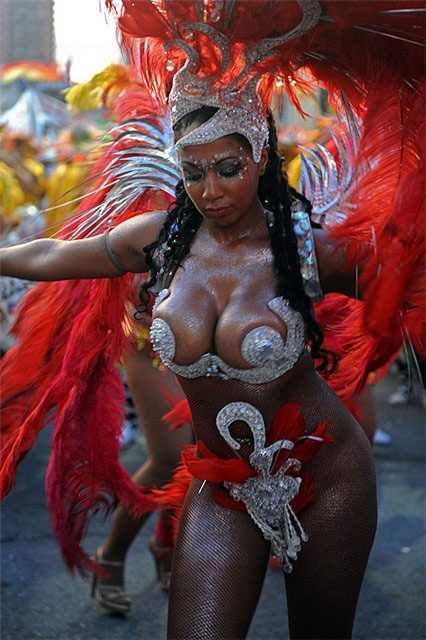|
|
Swaziland Travel Tips
|
Article Intro
Being one of the smallest countries on Earth, Swaziland still features lots of various attractions and sites as well as wildlife and diverse natural scenery to seduce hordes of tourists. For people interested in the true African lifestyle, we outlined the key things to see and do in Swaziland.
|
Despite its small size, the country has a surprisingly wide range of ecological zones and natural systems, from the savannah in the east to the tropical forest in the north-west, with numerous patches of shrubbery. The vast mountainous country on the border with Mozambique has a completely different landscape, including dry and spiky mountains.[bbr][bbr]The best way to meet with Swaziland is trekking, hiking and horseback excursions. Some of the national parks offer excellent routes. Horseback tours are most suitable for local conditions and have already managed to create the country's reputation of being one of the world centers of equestrian tourism. In many cases, it is also the only way to explore inaccessible to other means of land transport parts of the country and get acquainted with the wildlife of the region.[bbr][bbr]Mbabane is located in the northern part of Ezulwini Valley amongst Dlangeni lush hills and can not offer travelers some special attractions. The main 'tourist' places in the city are located in quite modern central streets (Avenue, New Mall and Allister Miller). To the west of the city center is Swazi Square - a large, modern shopping complex, which is noteworthy for its reasonable prices and a wide range of shops. There is also the Tourist Office of Swaziland here, where you can arrange a trip to any part of the country. Mbabane Market, located at the southern end of the street Allister Miller, is worth a visit for its stalls of local artisans, whose prices are cheaper than anywhere else in South Africa. Several excellent restaurants with Portuguese, Italian and Indian cuisine are also concentrated in the city center.[bbr][bbr]Lobamba is the heart of Ezulwini Valley, the location of the residence of the King, Embo Royal Palace, and the location of the country's legislative bodies. Here you can see all aspects of the royal family ranging from the Inkvala dancing ceremony in which the monarch himself is involved to colorful national ceremonies. Nearby one will find the National Museum, which offers expositions of cultures of various peoples and the Cultural Village, a traditional 'village-hive' of the region with all the attributes of life of the local residents. Ask your Swaziland tour operator for a guided excursion in Lobamba to enjoy the richness of its cultural life.[bbr][bbr]Manzini, Swaziland's largest city and industrial center, is located 30 km away to the south-east of Mbabane. It is worth visiting the market here, but upon the whole the city leaves very mixed feelings of being provincial and untidy.[bbr][bbr]Siteki is on the way to the Lebombo Mountains and is quite apart from all the cities in the country. It offers the visitors a cool rest in the foothills of the mountains and in heavily forested plains. The city has evolved from a tiny village in a fairly large shopping and cultural center. Siteki is also known for its Inyanga and Sangoma schools - government educational institutions, which train practitioners and experts in traditional medicine. Tourists are allowed to visit the schools, if arranged in advance through the Tourist Office of Swaziland in Mbabane. Near Siteki, there is the unique Muti-Muti Nature Reserve, used to collect a variety of herbs used in medicine.[bbr][bbr]Dancing and singing are the main features of cultural ceremonies in Swaziland. Traditional folk celebrations have turned this country in a brilliant place with many thousands of people dancing in traditional costumes in tune with spectacular traditional local rhythms, many of which were created in ancient times as means for introducing into a trance, and now turned into folk songs and dances.[bbr][bbr]Contact the best Swaziland travel agents to prepare a safe and pleasant tour, save on flights and local transport, and book best hotels.[bbr]
 |
| Carnival In Montevideo, Uruguay |
|
|
|
| | | |